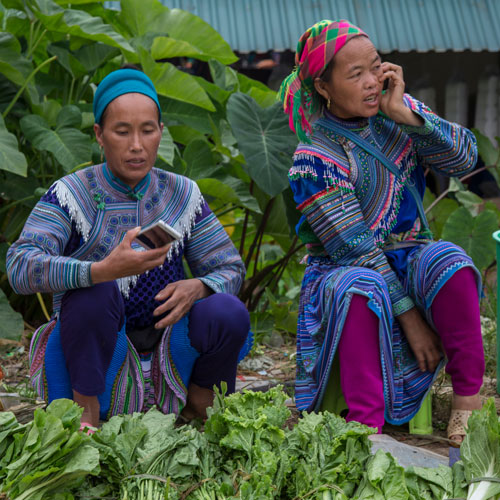
As digital transformation continues to accelerate across the Asia-Pacific region, the prospect of developing Central Bank Digital Currencies (CBDCs) is rapidly growing in interest. Driven by a range of potential benefits a CBDC could provide, including greater efficiency and resilience of the financial sector or ensuring monetary sovereignty over the growing use of alternative digital currencies, many governments are eager to explore and understand the potential opportunities enabled through a CBDC. One of these opportunities is for CBDCs to play an important role in supporting greater financial inclusion.

To support governments interested in this potential opportunity, the role of CBDCs to achieve greater financial inclusion has been adopted as the central theme of the 2022 APEC Asia-Pacific Financial Inclusion Forum (APFIF). APFIF is a policy initiative of APEC established by APEC's Finance Ministers in 2010 for the purpose of identifying and developing concrete actions that policy makers and regulators can take to extend the reach and value of financial services to everyone, including those at the base of the economy who are most in need. The initiative is led by the Asian Development Bank with implementation support provided by the Griffith Asia Institute (GAI) and the Asian Development Bank Institute.
Supporting APEC's theme for 2022 "Open. Connect. Balance." established by this year's host, Thailand, as well as the APEC Putrajaya Vision 2040 which calls for greater cooperation to advance innovation, digitalisation and inclusive economic growth, the APFIF initiative in 2022 will provide valuable insights for the region's policymakers and regulators seeking to develop inclusive digital economies that can enable greater access to formal financial products and services to the unbanked or underserved.
GAI Industry Fellow, Shawn Hunter, says
"As an emerging technology, there remains a great deal of uncertainty about the value a CBDC could contribute to enhancing financial inclusion."
The APFIF initiative will explore several of these potential opportunities and provide guidance to APEC's policymakers on important design features which could enhance the CBDC's potential to drive financial inclusion.
Examples of some of the potential financial inclusion opportunities enabled through a CBDC that will be explored through the initiative include:
- Offering a more trustworthy, stable and efficient banking experience and thus enhancing the value proposition for formal financial services;
- Reducing the cost of financial transactions including cross-border payments or remittances;
- Utilising consumer data to design and implement more effective social welfare payments strategies;
- Enhancing digital payment systems; and
- Digitising supply chains and fostering greater interoperability within the financial services sector
Throughout the year, the Griffith Asia Institute will be working with its partners, including government agencies and industry leaders, to implement a series of research activities to build the collective understanding of the potential role of CBDCs to drive financial inclusion; and the implementation of targeted capacity building programs to support the plans of the region's central banks as they continue to explore the pros and cons associated with this new form of currency.
For more information visit Griffith Asia Institute APEC Study Centre.






